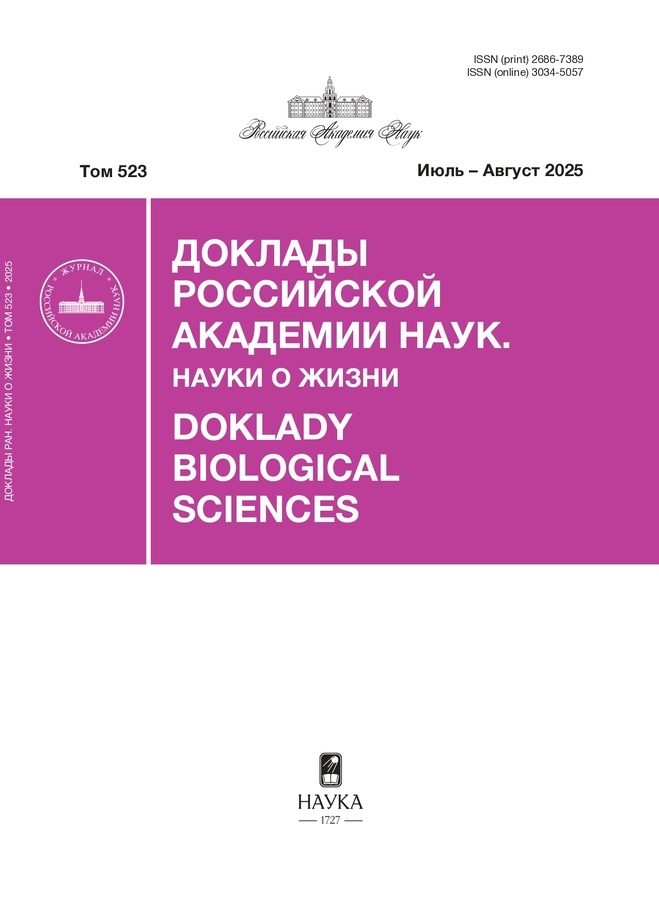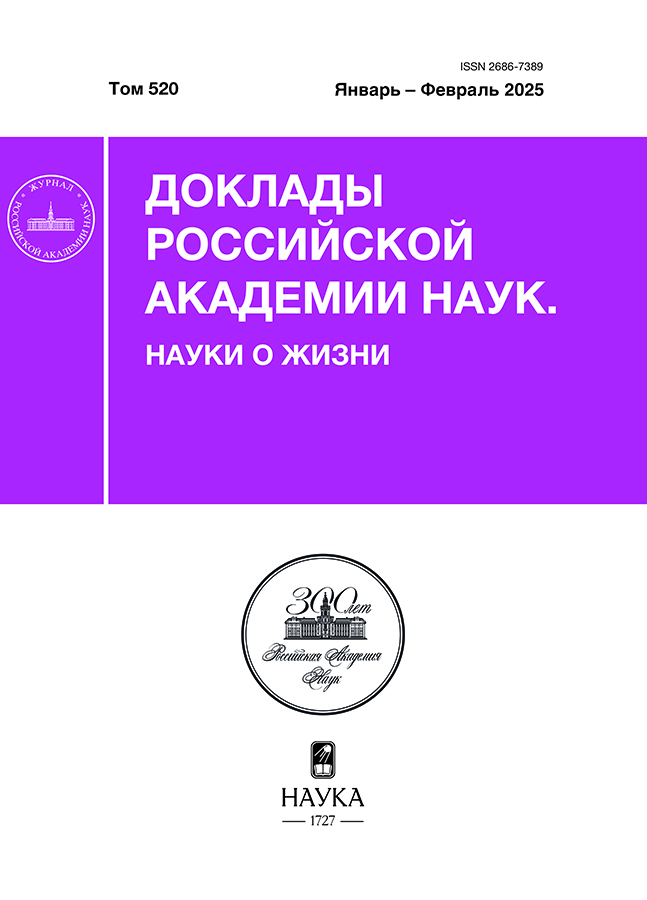Ascorbate biosynthesis and recycling genes are involved in the responses of garlic Allium sativum L. plants to Fusarium proliferatum infection
- Authors: Shchennikova A.V.1, Kochieva E.Z.1, Filyushin M.A.1
-
Affiliations:
- Institute of Bioengineering, Federal Research Center “Fundamentals of Biotechnology” of the Russian Academy of Sciences
- Issue: Vol 520, No 1 (2025)
- Pages: 117-121
- Section: Articles
- URL: https://rjpbr.com/2686-7389/article/view/682057
- DOI: https://doi.org/10.31857/S2686738925010191
- EDN: https://elibrary.ru/tbircu
- ID: 682057
Cite item
Abstract
The expression profile of key genes of ascorbate biosynthesis (VTC2, GPP, GalDH, GalLDH) and recycling (MDHAR1, MDHAR4, MDHAR5) was determined in response to infection with the fungal pathogen Fusarium proliferatum in garlic cultivars related (Podnebesny) and sensitive (Dubkovsky) to Fusarium rot. It was found that differences in resistance to Fusarium lead to discrepancies in the dynamics and expression of individual genes of the ascorbate pathway, as well as in ascorbate content. It was shown that in response to infection, the expression level of the MDHAR4 gene increases in the resistant cultivar and decreases in the Fusarium-sensitive accession. As infection progresses, the expression levels of the VTC2 and GalLDH genes increase significantly (higher in the cv. Dubkovsky than in the cv. Podnebesny). In both cultivars, the ascorbate content increases (1.5 times higher in the cv. Dubkovsky than in the cv. Podnebesny).
Full Text
About the authors
A. V. Shchennikova
Institute of Bioengineering, Federal Research Center “Fundamentals of Biotechnology” of the Russian Academy of Sciences
Email: michel7753@mail.ru
Russian Federation, Moscow
E. Z. Kochieva
Institute of Bioengineering, Federal Research Center “Fundamentals of Biotechnology” of the Russian Academy of Sciences
Email: michel7753@mail.ru
Russian Federation, Moscow
M. A. Filyushin
Institute of Bioengineering, Federal Research Center “Fundamentals of Biotechnology” of the Russian Academy of Sciences
Author for correspondence.
Email: michel7753@mail.ru
Russian Federation, Moscow
References
- Smirnoff N. // Free Radical Biology and Medicine. 2018. V. 22. P. 116–129.
- Gill S.S., Tuteja N. // Plant Physiol. Biochem. 2010. V. 48. P. 909.
- Apel K, Hirt H. // Annu. Rev. Plant Biol. 2004. V. 55. P. 373–399.
- Kuźniak E., Kopczewski T., Chojak-Koźniewska J. // In: Hossain, M., et al. (eds) Ascorbic Acid in Plant Growth, Development and Stress Tolerance. Springer. 2017.
- Zurbriggen M.D., Carrillo N., Hajirezaei M.R. // Plant Signal Behav. 2010. V. 5(4). P. 393–396.
- Barth C., Moeder W., Klessig D.F., et al. // Plant Physiol. 2004. V. 134(4). P. 1784–1792.
- Abou-Attia M.A., Wang X., Nashaat Al-Attala M., et al. // Physiol. Plant. 2016. V. 156(3). P. 262–277.
- Broad R.C., Bonneau J.P., Hellens R.P., et al. // Int. J. Mol. Sci. 2020. V. 21. 1790.
- Ali B., Pantha S., Acharya R., et al. // J. Plant Physiol. 2019. V. 240. 152998.
- Anisimova O. K., Shchennikova A. V., Kochieva E.Z., et al. // Russian Journal of Genetics. 2022. V. 58(7). P. 773–782.
- Kuzniak E., Skłodowska M. // J. Exp. Bot. 2004. V. 55. P. 605–612.
- Anisimova O.K., Seredin T.M., Shchennikova A.V., et al. // Russian Journal of Plant Physiology. 2021. V. 68. P. 85–93.
Supplementary files













